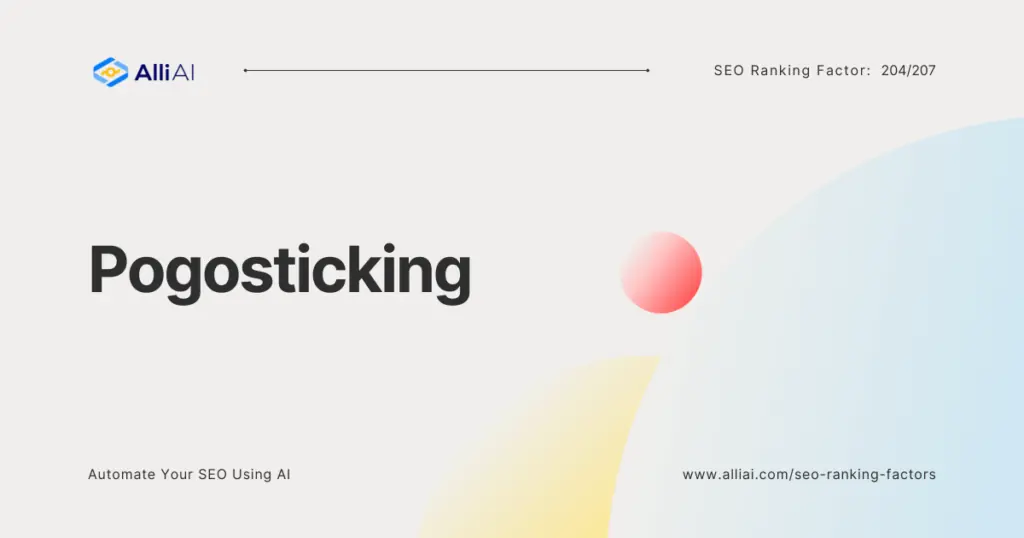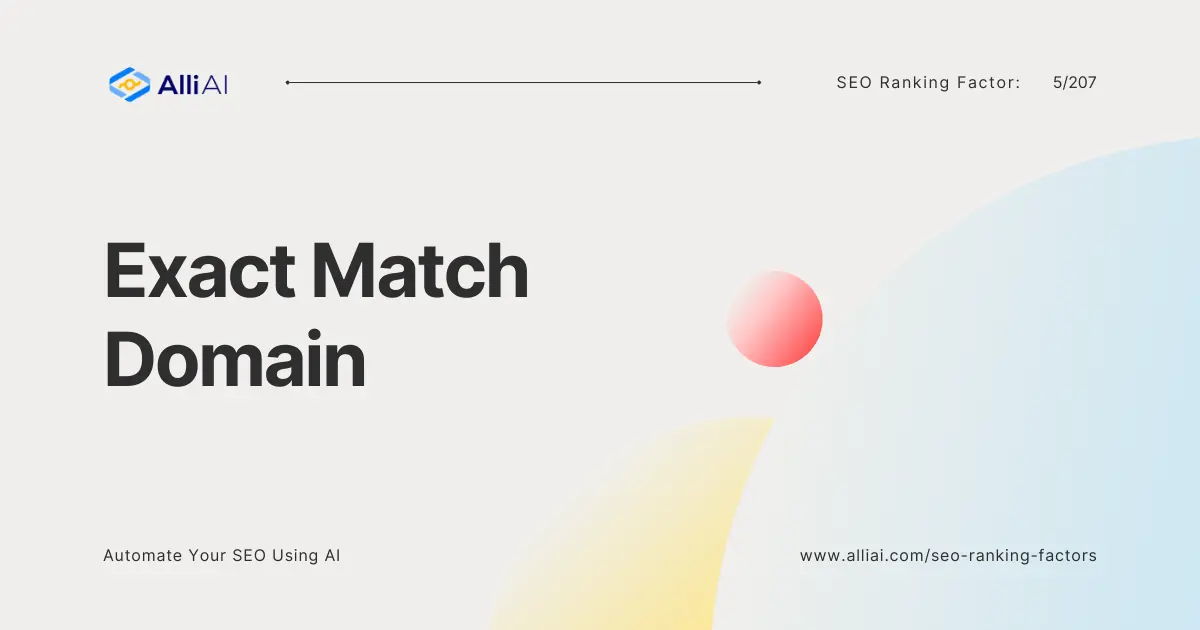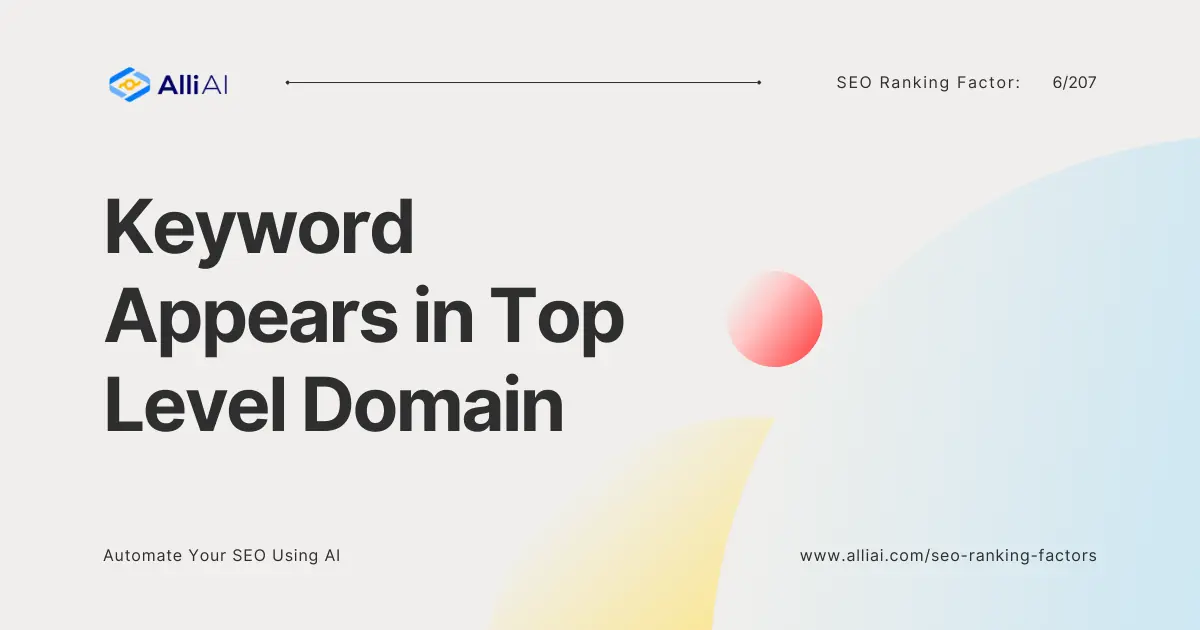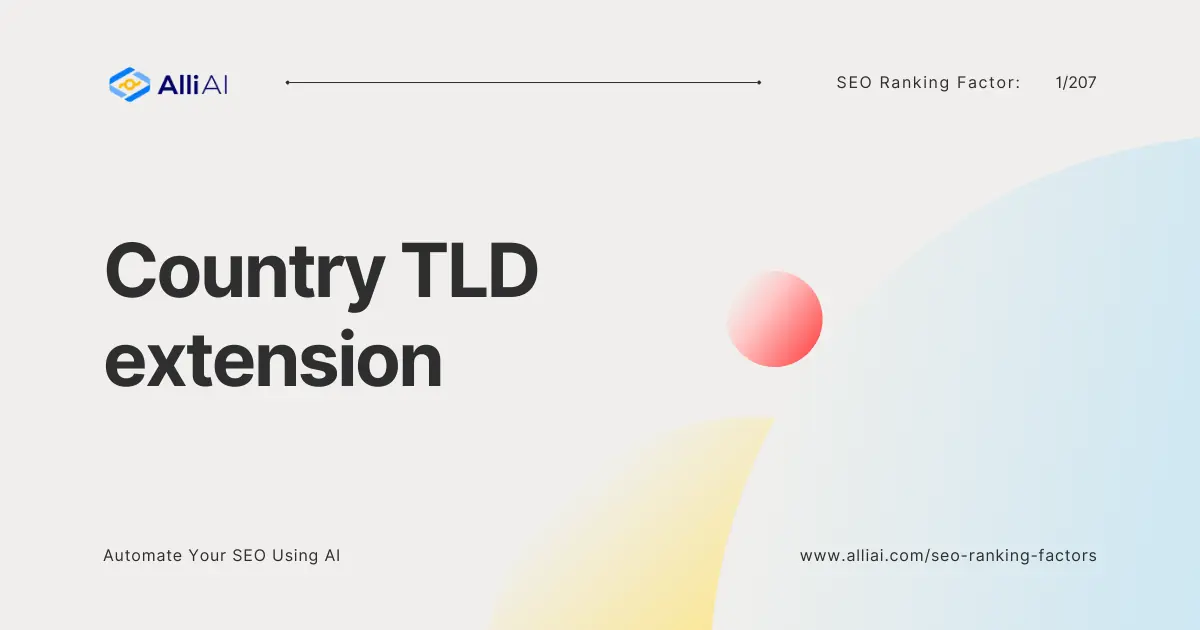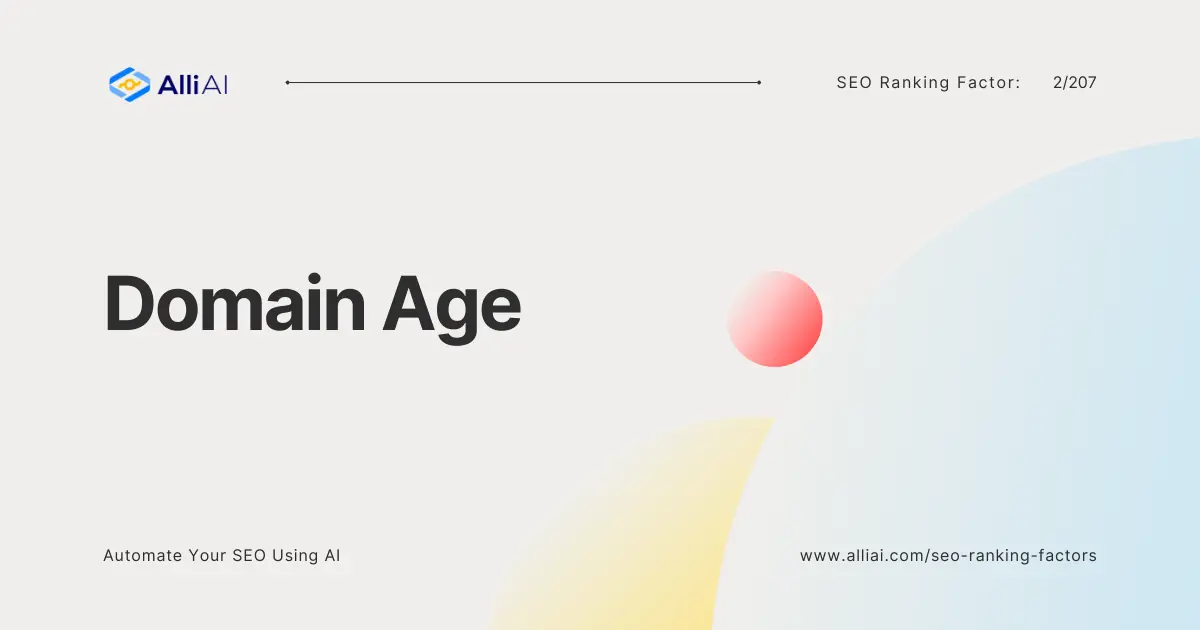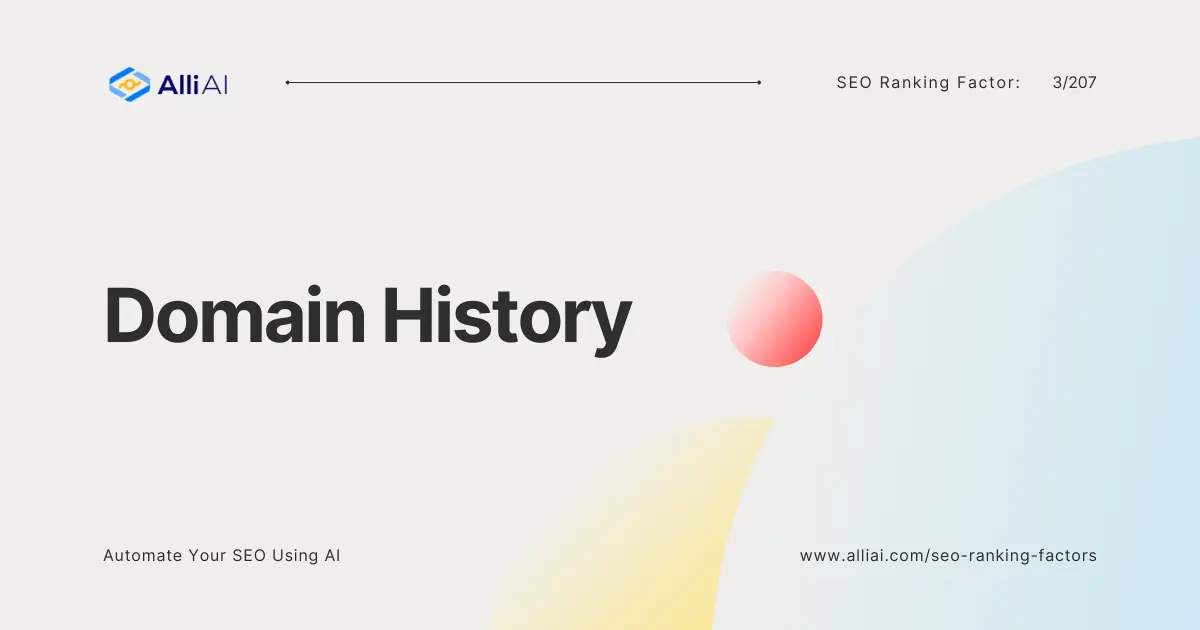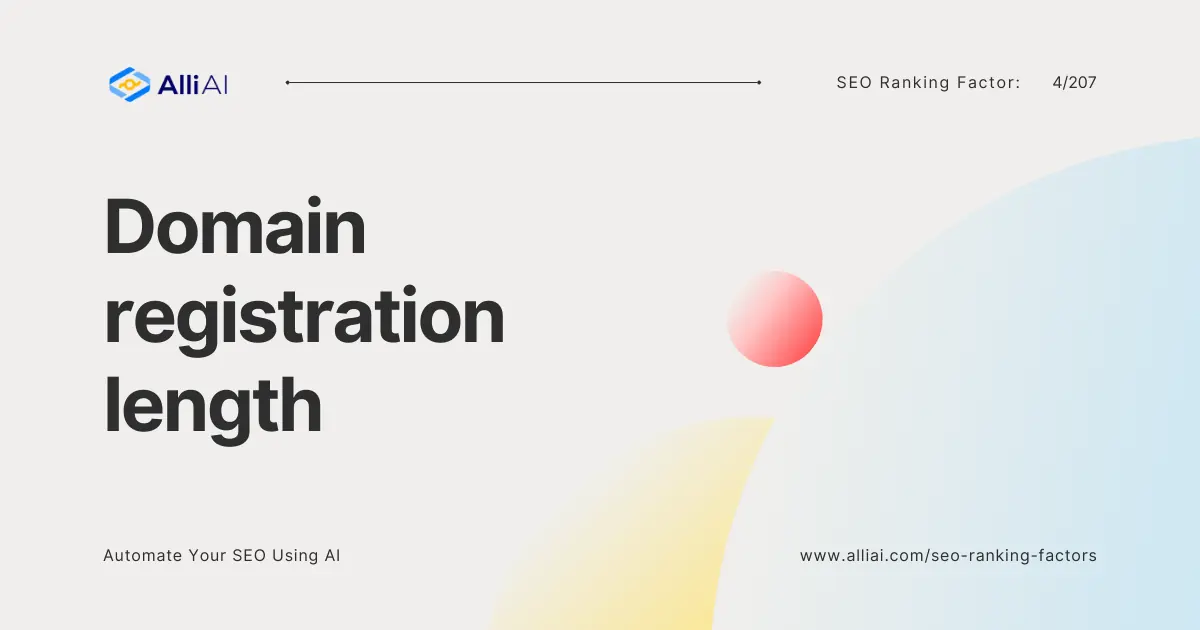Explanation of Pogosticking
To understand pogosticking in a real-life analogy, think about shopping at a grocery store. Imagine you’re looking for your favorite brand of cookies. You go to the aisle where cookies are usually found, pick one package up but then realize it’s not the brand you were looking for. So, you put it back and pick up another package. This process repeats until you finally find your desired brand.
In this analogy, the grocery store is the search engine, the aisle is the search engine results page, and each package of cookies represents a website. Pogosticking occurs when you are moving from one package (website) to another, searching for the perfect match to your query.
Why is Pogosticking Important in SEO?
Search engines aim to provide the best user experience by ranking the most relevant and quality content at the top of their search results. Pogosticking is seen as a negative signal because it indicates that the content on the initial website did not satisfy the user’s query. Consequently, search engines may interpret this behavior as a sign that the website should not rank as highly for that query.
How Pogosticking Affects SEO
Pogosticking can affect your website’s SEO performance in several ways. Websites that frequently result in pogosticking may see a decline in their rankings because search engines like Google view the behavior as an indicator of poor user satisfaction. Here are some relevant stats and findings linking pogosticking to SEO outcomes:
. A study conducted by Moz found that websites with higher rates of pogosticking showed a negative correlation with their rankings on Google.
2. According to SEMrush, user behavior signals, including pogosticking, play a significant role in Google’s ranking algorithm, affecting over 5.6% of ranking factors.
FAQ
What is the difference between pogosticking and bounce rate?
While both pogosticking and bounce rate involve users leaving a site, bounce rate refers to visitors leaving after viewing only one page without clicking further, regardless of the duration. Pogosticking, however, specifically refers to users quickly returning to the SERP to select another result, indicating dissatisfaction with the first choice.
Can pogosticking be entirely prevented?
Completely eliminating pogosticking is challenging since you can’t satisfy 100% of the users 100% of the time. However, by improving the relevance and quality of your content, optimizing page load speeds, and enhancing overall user experience, you can significantly reduce its occurrence.
Does Google explicitly use pogosticking as a ranking factor?
Google has not officially confirmed the use of pogosticking as a ranking factor. However, the search engine’s algorithm is based on user satisfaction and experience, and pogosticking can indirectly indicate these aspects.
Conclusion
Pogosticking is more than just a quirky term in the SEO world; it’s a phenomenon that can have real implications for your website’s search engine visibility and user satisfaction level. Understanding what it is, why it happens, and how it can impact SEO is crucial for anyone looking to improve their site’s performance in search results. By focusing on creating compelling, relevant content and providing an optimal user experience, you can minimize the risk of pogosticking and enhance your website’s standing in search rankings. In the end, the goal is to be the final stop in the user’s search journey, not just another step along the way.
